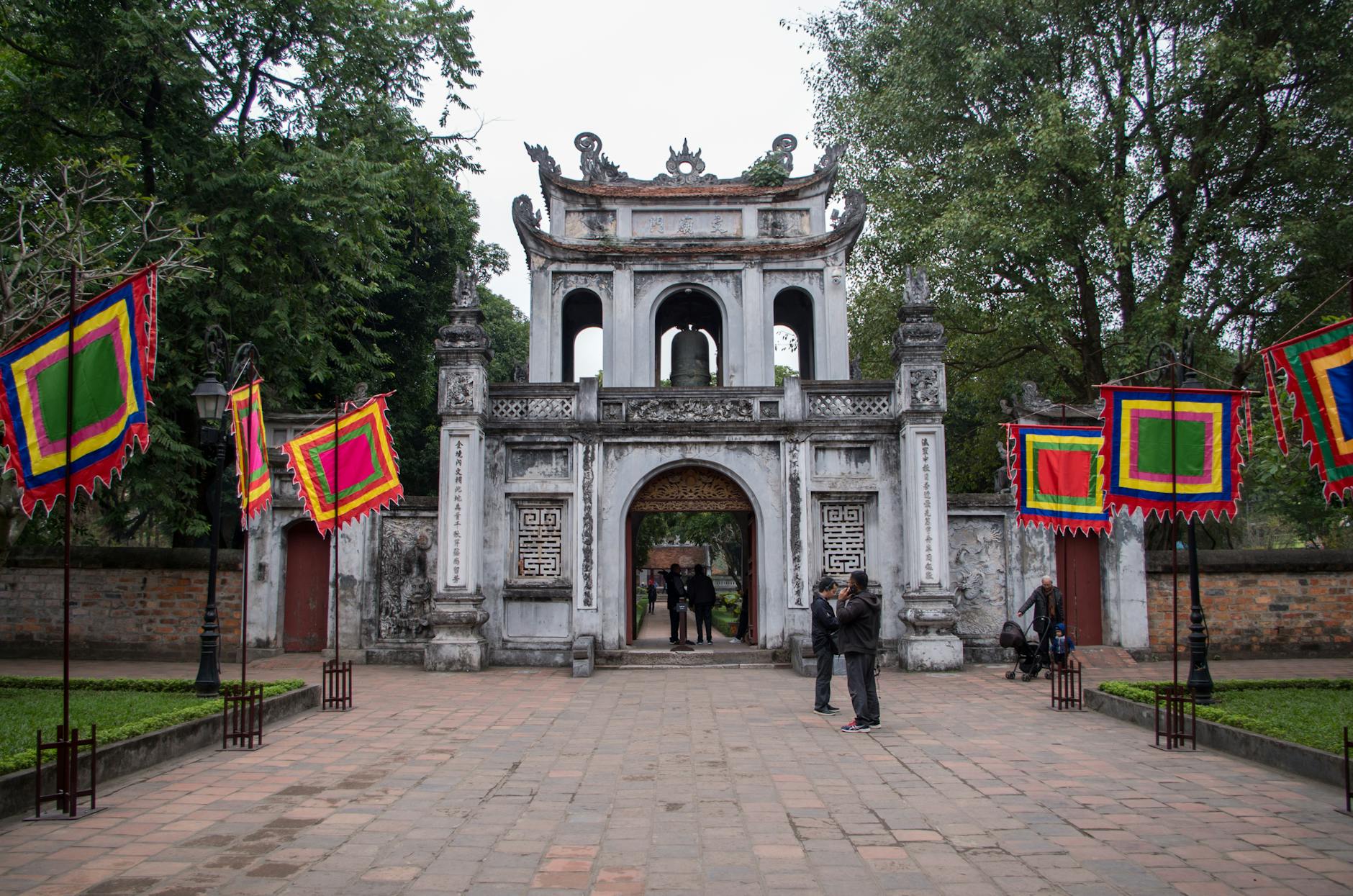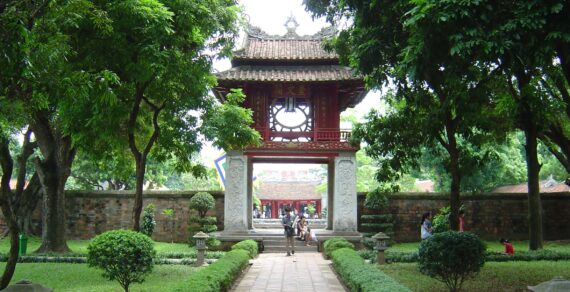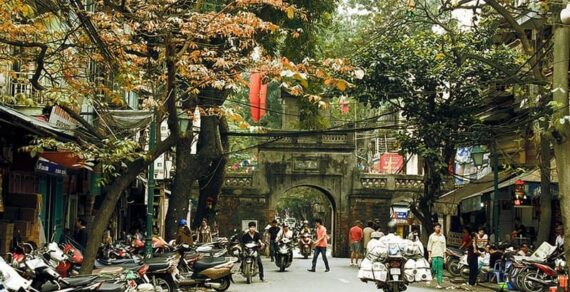The first university in Vietnam is the Temple of Literature, also known as “Văn Miếu” in Vietnamese. It was established in 1070 during the Ly Dynasty in the city of Hanoi. Initially, it was built to honor Confucius and to educate the children of the aristocracy, mandarins, and scholars. The Temple of Literature is considered a symbol of Vietnam’s long-standing tradition of scholarship and education. Today, it serves as a historical and cultural site, attracting visitors interested in Vietnam’s rich academic heritage.

The Temple of Literature is a historical and cultural landmark located in Hanoi, Vietnam. Here are some key points about Văn Miếu:
- Establishment: Văn Miếu was founded in 1070 by Emperor Lý Thánh Tông of the Ly Dynasty. It was established as Vietnam’s first university and served as an institution dedicated to Confucian education.
- Purpose: Initially, Văn Miếu was created to honor Confucius, the Chinese philosopher, and to provide education to the sons of noble families, scholars, and mandarins. The university aimed to promote Confucian principles and cultivate intellectual and moral virtues among its students.
- Layout and Architecture: Văn Miếu is designed in a traditional Vietnamese architectural style, featuring beautiful courtyards, pavilions, and gardens. The complex is centered around a series of five courtyards, each representing a different aspect of Confucianism. Notable structures within the temple include the Dai Thanh Gate, the Great Portico, the House of Ceremonies, and the Well of Heavenly Clarity.
- Stelae of Doctors: One of the most prominent features of Văn Miếu is the Stelae of Doctors, also known as the “Turtle Steles.” These stone tablets are mounted on the backs of stone turtles and inscribed with the names of scholars who passed the royal examinations held at Văn Miếu during the Ly, Tran, Le, and Nguyen dynasties. The stelae commemorate the achievements of these scholars and serve as a testament to Vietnam’s scholarly tradition.
- Cultural Significance: Văn Miếu holds significant cultural and historical importance for the Vietnamese people. It symbolizes Vietnam’s long-standing commitment to education, scholarship, and moral cultivation. The temple remains a popular destination for tourists, scholars, and students alike, attracting visitors who come to admire its architecture, learn about its history, and pay homage to Confucius and the scholars of the past.
Overall, Văn Miếu is not only a historical site but also a living testament to Vietnam’s enduring intellectual heritage and cultural identity. It continues to serve as a center for learning, reflection, and reverence for generations to come.



